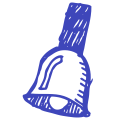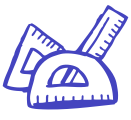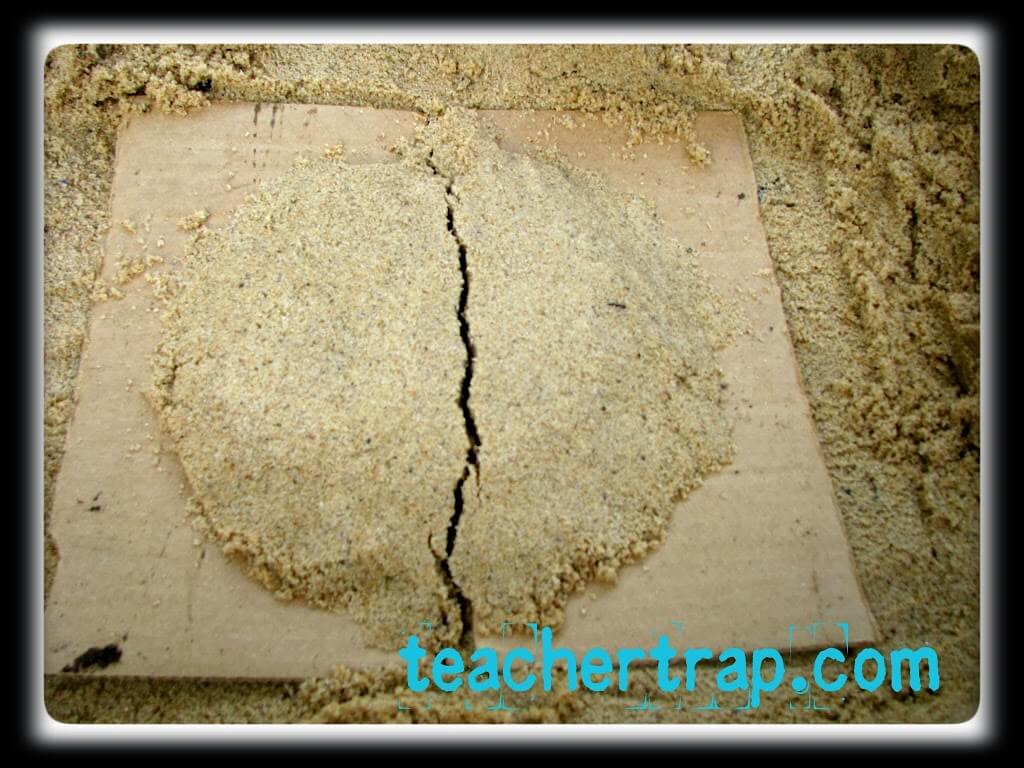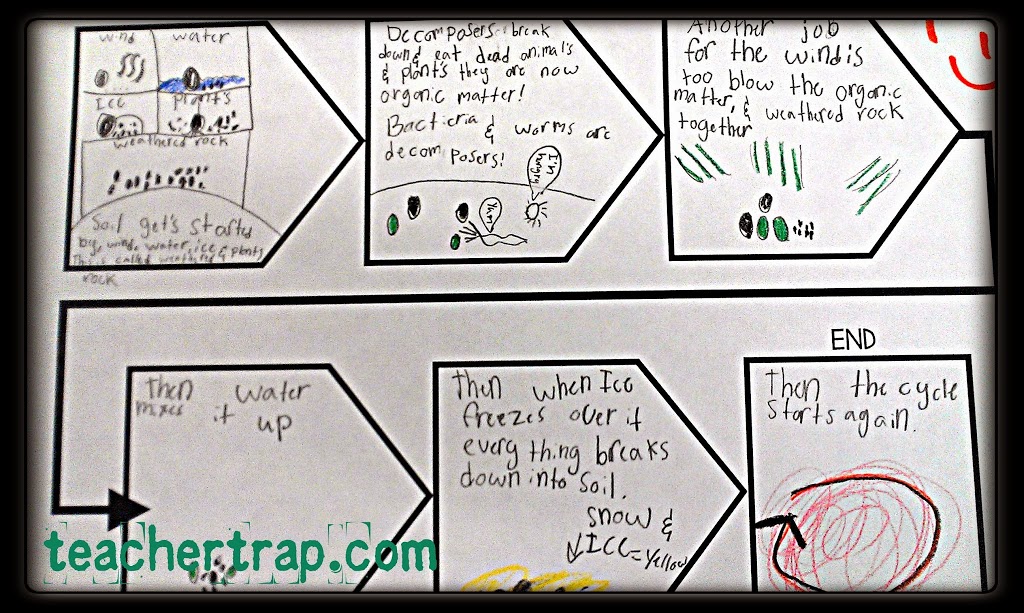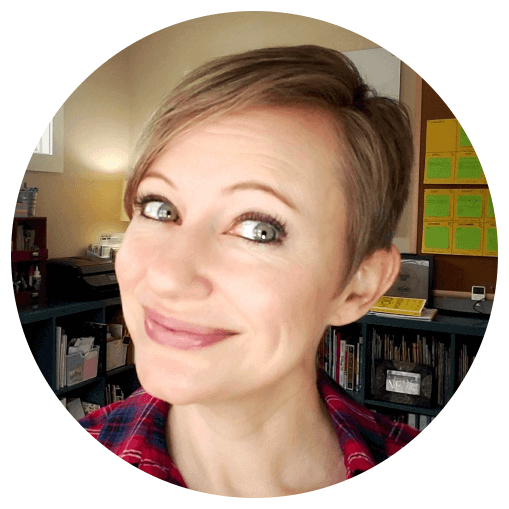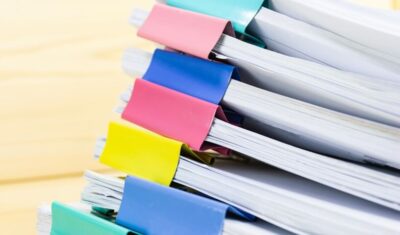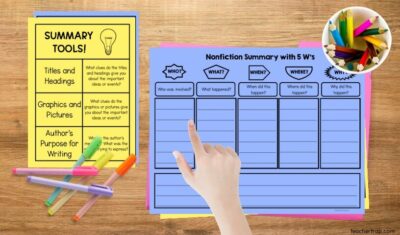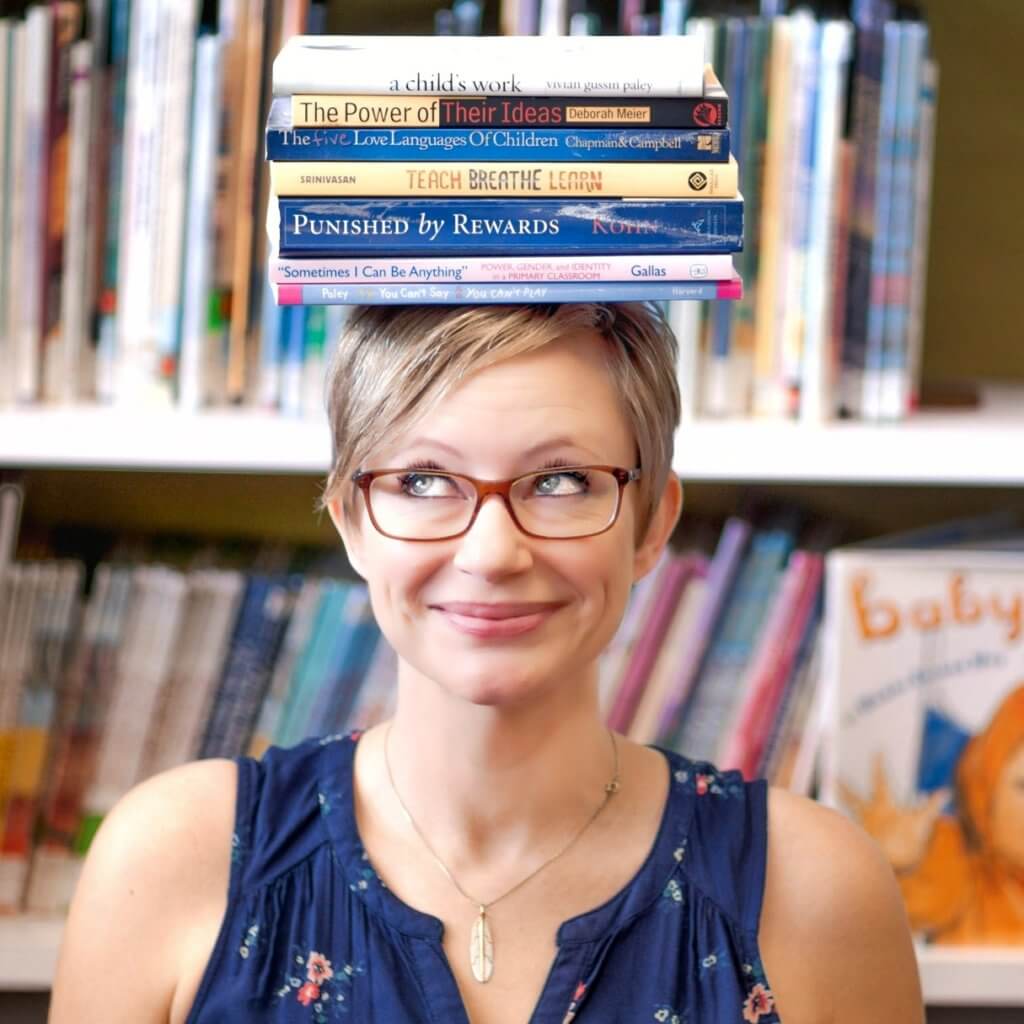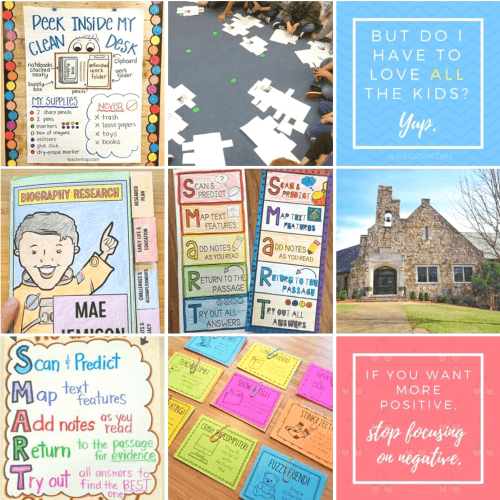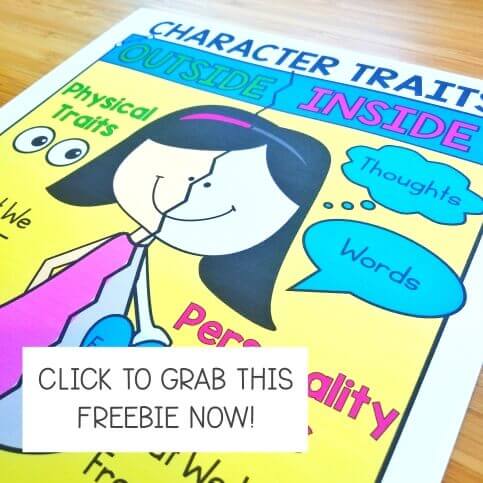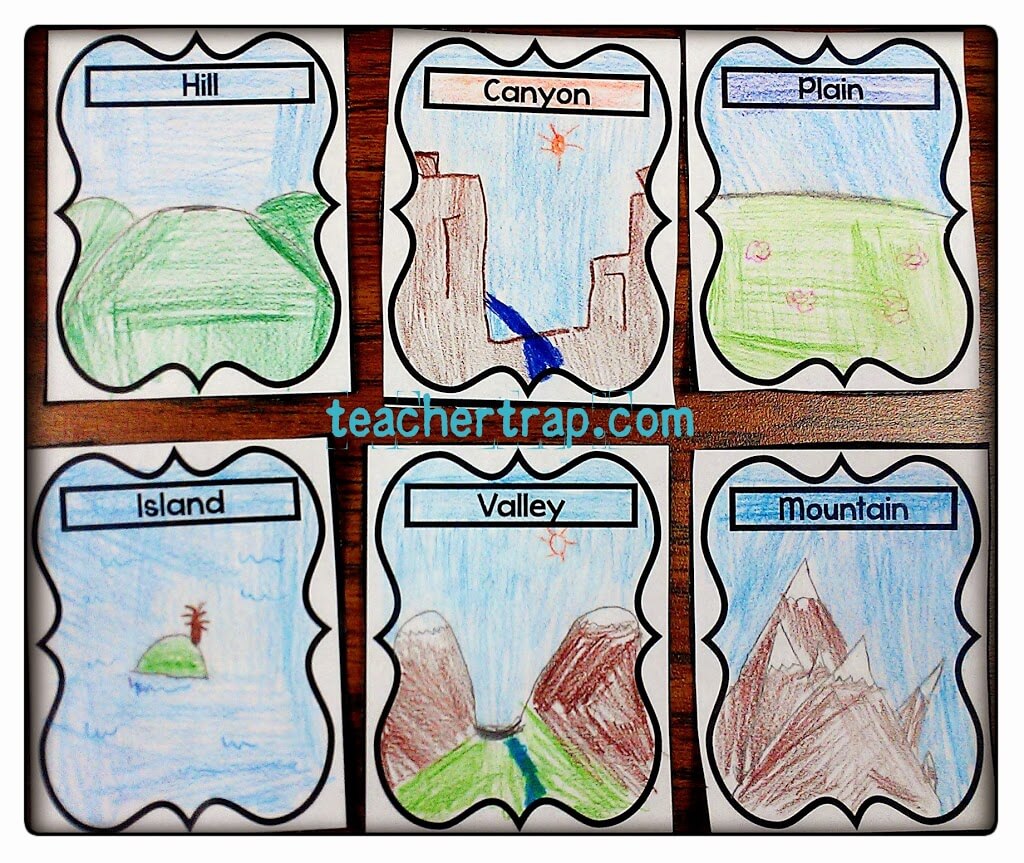 We are finally wrapping up our latest science unit: Investigating the Natural World. I think this may be my favorite unit to teach! The kids get so into it.
We are finally wrapping up our latest science unit: Investigating the Natural World. I think this may be my favorite unit to teach! The kids get so into it.
We modeled landforms using moist sand and then the kids created their own set of trading cards with the image on one side and the definition on the other.
The cards were great for review. I read the definition of a landform and they held up the matching card. Then we flipped all the cards over and I held up a photo of a landform and they chose the matching definition.
We modeled earthquakes using moist sand on 2 pieces of cardboard. The kids tried moving the “plates” against each other, apart, and sideways so that we could view the effects on the land.
I ended up doing it at home with my son in his sand box, too! (Just because science is cool…) Of course, at home we placed his toy cards along over the “fault line” so we could see what would happen. If I had thought of this sooner, I would have done that with my students, too.
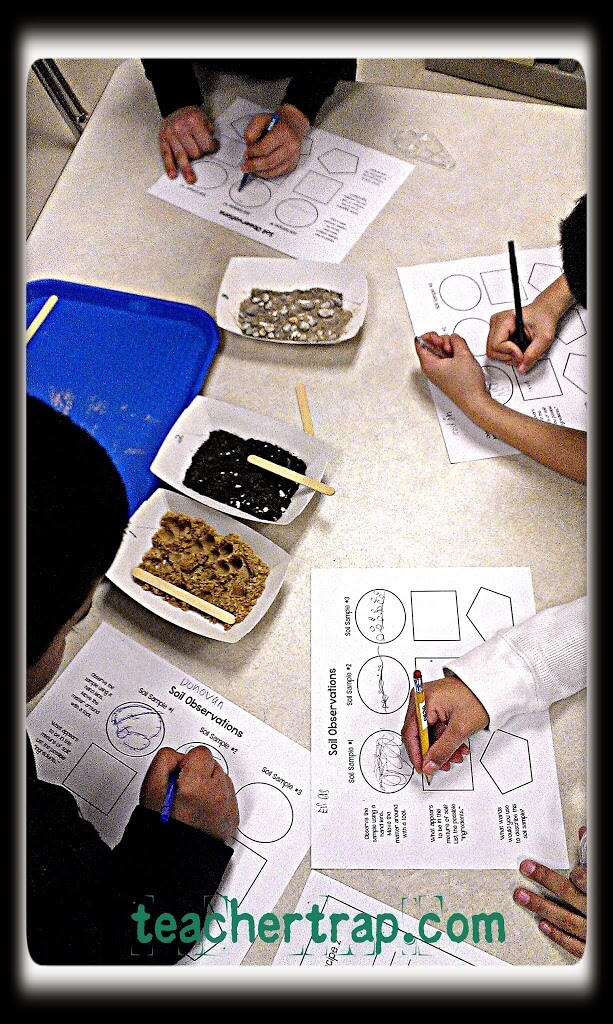
Then we got into SOIL! We analyzed soil samples. For some reason, dirt is just so exciting when you have a hand lens to inspect it!
We had just learned about the different materials that make up soil so the kids were pumped about searching for “organic matter.” They were so proud when they uncovered tiny dead bugs or bits of decaying plants. (We won’t tell them that I added some of those materials…)
They love the earthquakes and volcanoes, but surprisingly they are always really enthralled by SOIL. (I think it has to do with the whole “dead stuff and poop” aspect!) They love talking about how earthworms eat the dirt and poop it back out.
I “doctor” my soil samples a bit. I make sure one is very sandy, one is rocky with clay, and one is more like potting soil. This makes for a good discussion of how some soil has more weathered rock, while other kinds have more organic matter.
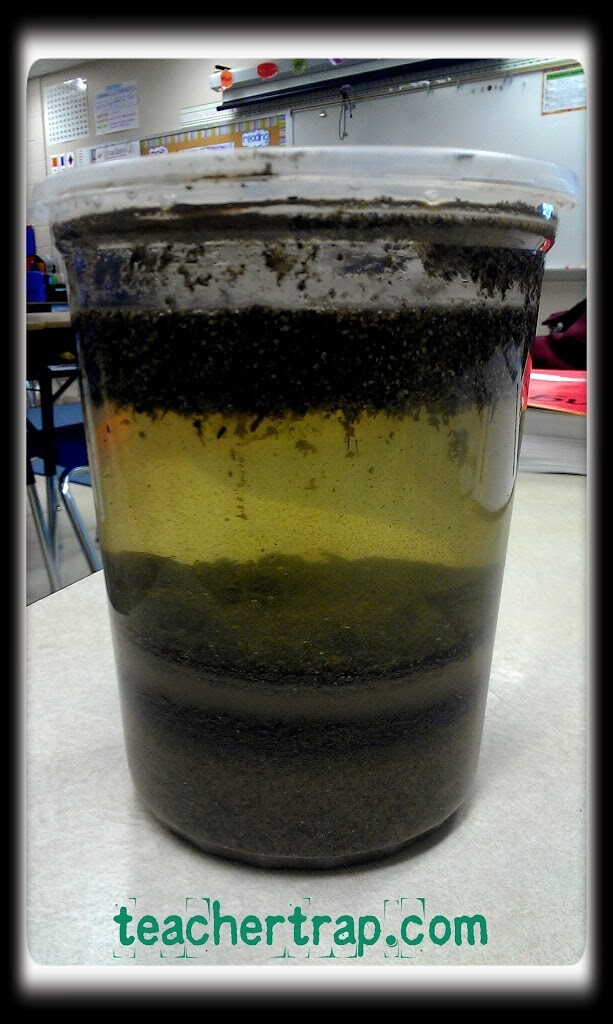 Then we did my favorite demonstration. It’s like magic. We take a big scoop of dirt and dump it in a jar. Then we fill the jar with water and shake the heck out of it. As everything settles, you can actually see the layers of different materials in the soil. So cool! The lighter organic matter floats to the top, any pebbles sink to the bottom, and you can see the layers of clay and sand.
Then we did my favorite demonstration. It’s like magic. We take a big scoop of dirt and dump it in a jar. Then we fill the jar with water and shake the heck out of it. As everything settles, you can actually see the layers of different materials in the soil. So cool! The lighter organic matter floats to the top, any pebbles sink to the bottom, and you can see the layers of clay and sand.
To wrap up the unit the kids wrote a “Soil Story.” They had to retell the process of the formation of soil all the way to the growth of plants. This sparks a great discussion about how soil impacts our lives. I ask kids to think about their breakfast that morning. Then we go through and brainstorm all the ways that “soil made our breakfast.” We also talk about how soil made our clothing (cotton), our furniture (wood), and even the paper we write on. After we list each thing, the kids pause and say “Thank you, soil!” They love that.
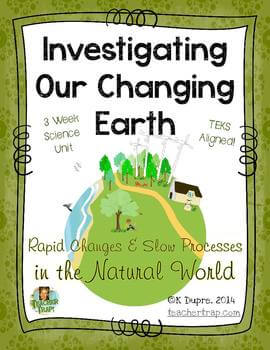 And I wrote my very first Science Unit! It’s called “Investigating the Natural World: Slow Changes and Rapid Processes.” Writing this unit really helped me learn about the different processes in the unit and understand the TEKS better. I was surprised to see how many things I’d been teaching that weren’t actually part of the 3rd grade Science TEKS. (And some things I was missing.)
And I wrote my very first Science Unit! It’s called “Investigating the Natural World: Slow Changes and Rapid Processes.” Writing this unit really helped me learn about the different processes in the unit and understand the TEKS better. I was surprised to see how many things I’d been teaching that weren’t actually part of the 3rd grade Science TEKS. (And some things I was missing.)
You can take a peek at this unit on TPT HERE.
Thanks and have fun! 

